For an excised tumor it is often important to relate the surfaces of the specimen to their original anatomical locations, to locate any remaining neoplastic tissue that still needs to be removed. Tissue inks are used for painting surfaces in different colors. An ideal ink adheres quickly where it is applied, does not diffuse into the tissue, does not spread onto adjacent differently marked surfaces, and retains its distinctive color at the edges of stained paraffin sections.
Indian ink (India ink, China ink, carbon black) is a suspension of mostly submicroscopic particles of carbon (CI 77266, Pigment black 7) in an aqueous glue solution. It does not dry quickly and it can spread to adjacent surfaces, but it is easy to see in stained sections. Titanium dioxide (titanium white, CI 77891, Pigment white 6) also appears black in transmitted light. It can be applied from a solvent-based paint (typing correction fluid; trade-names include Liquid Paper and Tippex), which dries quickly and does not diffuse. Other published formulations for tissue inks include several mineral pigments (as used by artists) and at least two dyes, Janus green B (CI 11050), and alcian blue (nominally CI 74240, Ingrain blue 1).
In clinical practice, inking of surgical specimens is usually done with commercial kits that provide a range of colors but come with no information about the identities of the colorants. Most of these trade-secret inks or paints, which have been sold in North America for more than 30 years, are from two vendors and are not patented. They are sold as “tissue marking dyes”. Dyes are soluble compounds, but some or all may be pigments (which are insoluble). A recent patent (Phillips & Phillips 2019) identified six synthetic organic pigments as potential colorants in tissue inks. These may have an advantage over most mineral pigments and some of the colors in trade-secret solutions, which introduce X-ray opaque material, which can be mistaken for the micro-calcifications associated with early breast tumors (Wong et al. 2004).
References.
Phillips MJ, Phillips JF (2019) Tissue marking system. Patent No. US 10,238,465 B1.
Wong JW, Bai H, Abdul-Karim FW, MacLennan GT (2004) Simulation of microcalcifications on specimen radiographs of breast biopsies by inks used in marking the surgical resecction margins. Breast J. 10: 423-426.
